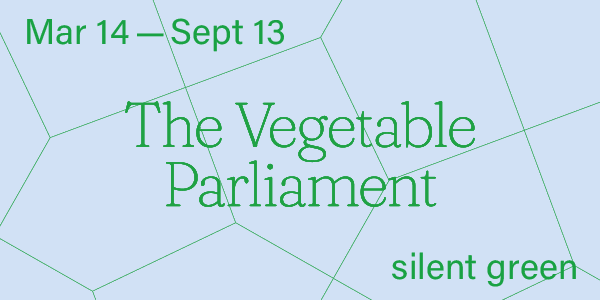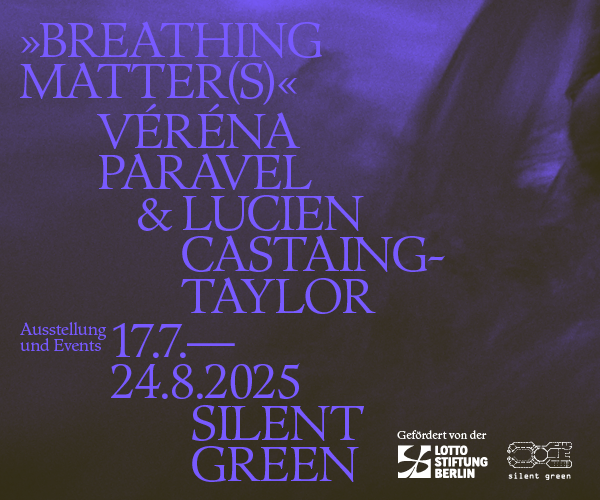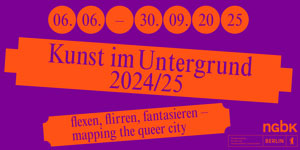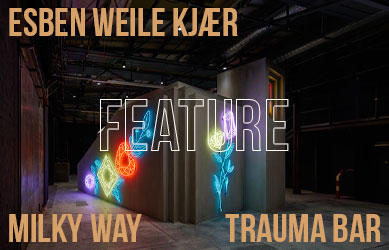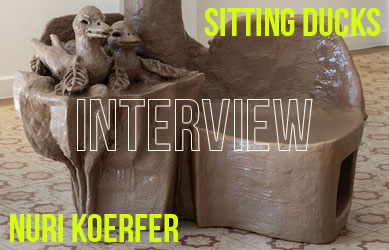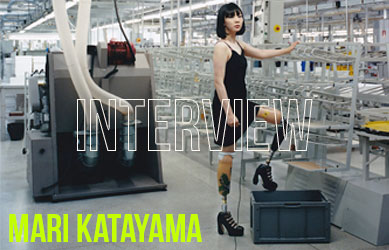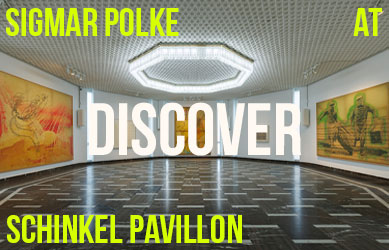by Adela Lovric // July 18, 2025
For the uninitiated, the name Ljubljana Biennale of Graphic Arts might be misleading. What began as a bi-annual survey of global fine art printmaking, based on the principle of national representation, has long since outgrown its original frame. Over the decades, it has evolved into a curated exhibition of contemporary art, with each edition shaped by a new curator, artist or collective. Now in its 36th edition, which marks the 70th anniversary of its founding, it reemerges along newly shifting fault lines. New conditions, challenges and constellations of crises find resonance throughout the biennial via the curatorial vision of Chus Martínez, who thoughtfully honors the local context while embracing the universally shared struggles and desires.
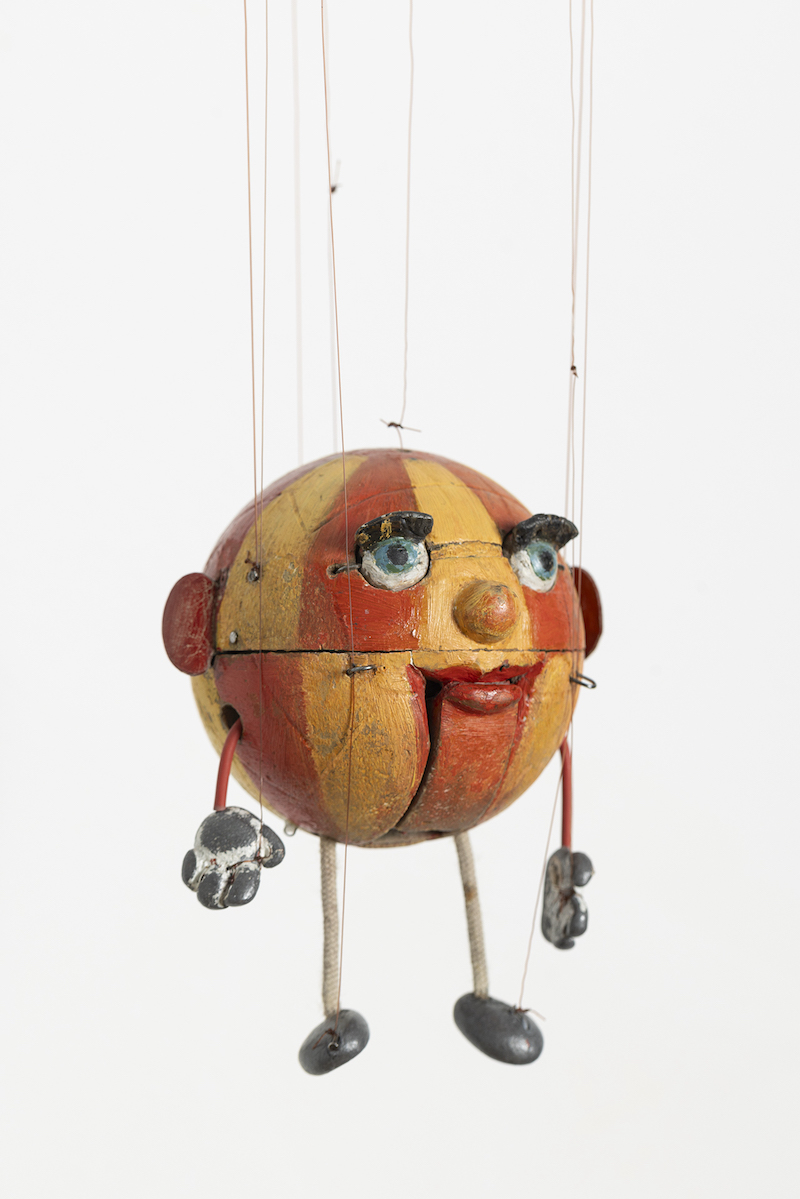
Ajša Pengov: ‘Žogica Marogica (Speckles the Ball),’ 1951, at 36th Ljubljana Biennale of Graphic Arts, Museum of Modern Art (MG+) // Photo by Jaka Babnik, MGLC Archive
With this edition, titled ‘Oracle: On Fantasy and Freedom,’ Martínez positions the biennial as a place from which questions that matter should be asked; a “tiny but meaningful spot from where to be free and dream and demand freedom and peace.” At the center of this magical oracular place is Žogica Marogica (Speckles the Ball), a character known and loved in every Slovenian household. Žogica Marogica is a puppet created in 1950s by Ajša Pengov for Jan Malik’s hit theater play, which still lives on stage seven decades later. Brought to life with the intention of creating an autonomous puppet, this colorful head-ball embodies concerns of control versus peaceful coexistence.
Initially viewing puppets as “a little bit anachronistic and a little bit obsolete” (a position I admittedly share), Martínez reconsidered their current significance upon reflecting on what might be Žogica Marogica’s present-day counterpart: Artificial Intelligence. The autonomous puppet is a dignified proxy, in her view, one that seeks to keep us part of the fabric of reality. This stands in stark contrast to autonomous technology, which she sees as Darwinistic in nature—first humiliating us by rendering us increasingly obsolete, and ultimately aiming to erase us altogether.

Yarema Malashchuk and Roman Khimei: ‘Open World,’ 2025 at The 36th Ljubljana Biennale of Graphic Arts, Museum of Modern Art (MG+) // Photo by Jaka Babnik, MGLC Archive
Martínez’s bold premise finds a moving parallel in an act of subversion at the center of a short documentary by Yarema Malashchuk and Roman Khimei. The film follows a forcibly displaced Ukrainian child who reconnects with their home through a Robot Dog. This remotely controlled military weapon has been repurposed as a toy pet that allows the child to navigate the streets of Kharkiv and reconnect with friends and neighbors. Similarly cathartic against all odds, as wars rage on, is Noor Abed’s study of a stick—an extension of a woman dancer and a woman fighter, at once a medium of art and of defiance—in an installation that combines film stills, drawings and performance.
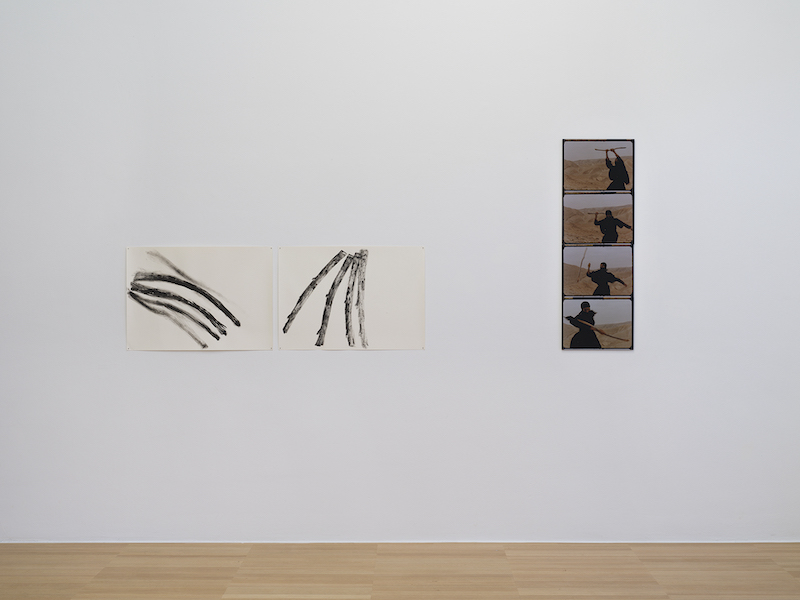
Noor Abed: ‘a study of a stick: movement notations and notes on defiance,’ 2025 at The 36th Ljubljana Biennale of Graphic Arts, Museum of Modern Art (MG+) // Photo by Jaka Babnik, MGLC Archive
Both on view at the Museum of Modern Art (Moderna galerija), these works are among the 23 commissioned for the biennial. The exhibition, which features a total of 25 works, extends across three additional sites: Grad Tivoli and Švicarija, the outdoor spaces of Tivoli Park and the City Art Gallery Ljubljana (Mestna galerija Ljubljana). Artworks by Silvan Omerzu and poems by Svetlana Makarovič greet visitors at each exhibition venue. They dictate a rhythm that feels at once ominous—like a reminder that history is bound to repeat itself—and quietly galvanizing. At Grad Tivoli and Švicarija, for example, Omerzu’s mechanized puppet installations feel haunted and indeed anachronistic, drawing on the history of the venues that once served as military barracks, a hospital and a refuge.

Silvan Omerzu: ‘Mr Captain,’ 2025 at The 36th Ljubljana Biennale of Graphic Arts, MGLC Grad Tivoli // Photo by Jaka Babnik, MGLC Archive
Despite the curator’s emphasis on the biennial as fertile ground for friendship, freedom, solidarity and the regeneration of democracy—underscored by the manifesto-esque declarations like “Fantasy is our new foundation” and “Togetherness is our next revolution” that reassuringly whisper from the exhibition walls—I navigate the biennial haunted by an undefined grief. Bitter reality seeps in through the sharp wit of ghost lamentations in Gabriel Abrantes’ videos, CANAN’s phantasmagorically engulfing installations and Maria Arnal’s heartbreakingly beautiful singing, interrupted by blips of joy in Eduardo Navarro’s wholesomely funny seal impersonations and Kathrin Siegrist’s flowy outdoor installations, pieced together from brightly colored parachutes.
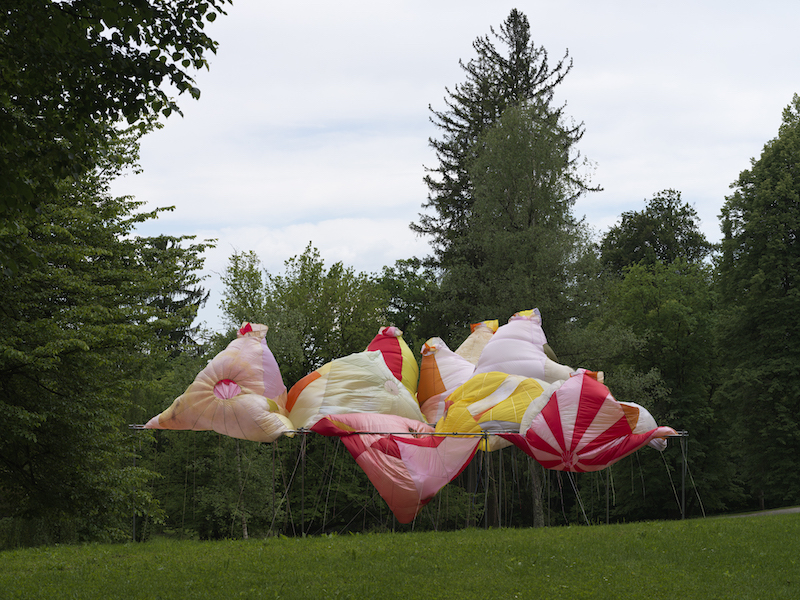
Kathrin Siegrist: ‘A Shade We Share I,’ 2025 at The 36th Ljubljana Biennale of Graphic Arts, MGLC Plečnik Auditorium // Photo by Jaka Babnik, MGLC Archive
I ponder whether, collectively, we’ve reached an emotional equivalent of the 1.5°C climate threshold, or if it’s just a temporary serotonin dip encouraged by the intensity of the artworks. For now, I stick with the latter as I think of Martínez’s description of the works in one of the exhibition venues as fostering a “healing process of getting rid of ourselves to regain ourselves through very beautiful pain, a pain that is worth experiencing.” In its entirety, the biennial does precisely that, acknowledging both the suffering and the necessity of carrying forward. In a deeply humanistic, emotionally complex manner, it meets the world at eye (or rather heart) level while insisting on how life could still be better.
Exhibition Info
36th Ljubljana Biennale of Graphic Arts
Group Show: ‘Oracle: On Fantasy and Freedom’
Exhibition: June 6-Oct. 12, 2025
36.bienale.si
Various Locations



